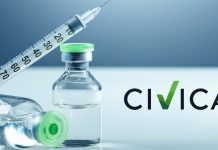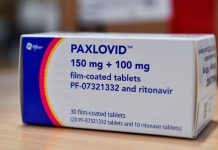Last week, the U.S. Food and Drug Administration refreshed draft guidance and updated it to generic drug makers.
The guidance updates some recommendations on the conduct of bioequivalence (BE) studies that have pharmacokinetic endpoints, according to the Regulatory Affairs Professionals Society (RAPS).
Announcing the updated draft guidance’s availability, the FDA said in a statement that the document is meant to “clarify the agency’s recommendations regarding BE information submitted in an [abbreviated new drug application] submission, provide assistance to potential ANDA applicants, and support access for patients to lower-cost, high-quality medicines.”
The draft was originally published in December 2013.
Generic drug makers who are planning to submit an abbreviated new drug application (ANDA) should also consult relevant product-specific guidelines for detailed information about which BE studies should be completed as part of the submission process, the agency said.
ANDA applicants must submit results of all bioequivalence studies conducted on a drug substance that has the same formulation as the proposed drug product, according to RAPS.
In addition, the refreshed guidance clarifies the situations when a replicate crossover study design might be appropriate.
The FDA said an accompanying justification should “include information supporting that the inactive ingredients in the proposed products are appropriate for use in the pediatric population.”
The agency said in its announcement, “FDA is publishing this revised draft guidance to solicit public comments on the topics discussed in the guidance.”
Additional information has also been included about single-dose studies and revisions that were made to recommendations for calculating partial exposure as well.
Furthermore, the revised draft includes additional considerations for bioequivalence testing for delayed-release products. For more details on the FDA’s refreshed guidance on generic drugs, read the article titled “FDA refreshes bioequivalence guidance for generic drugs,” published on RAPS.























